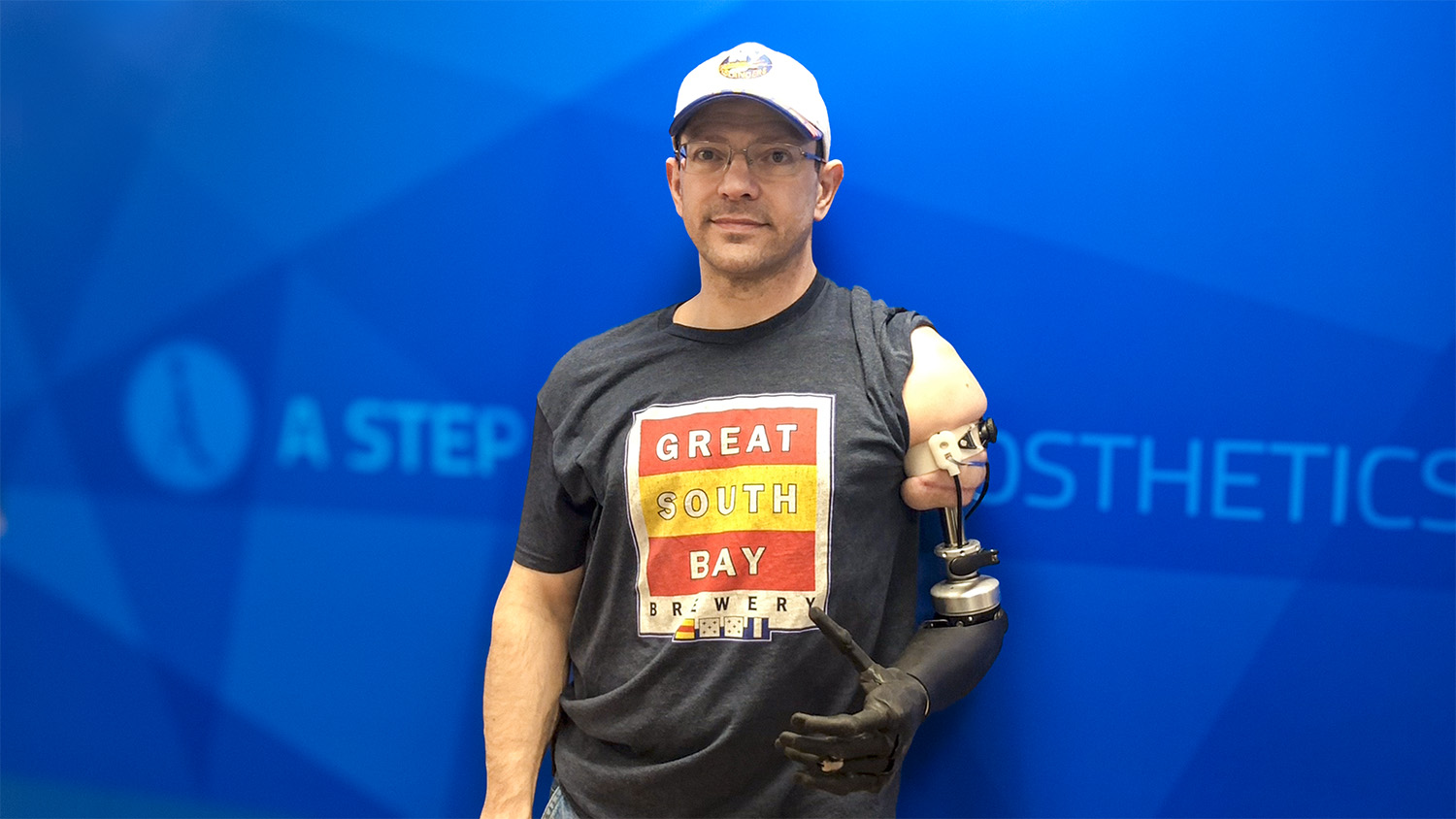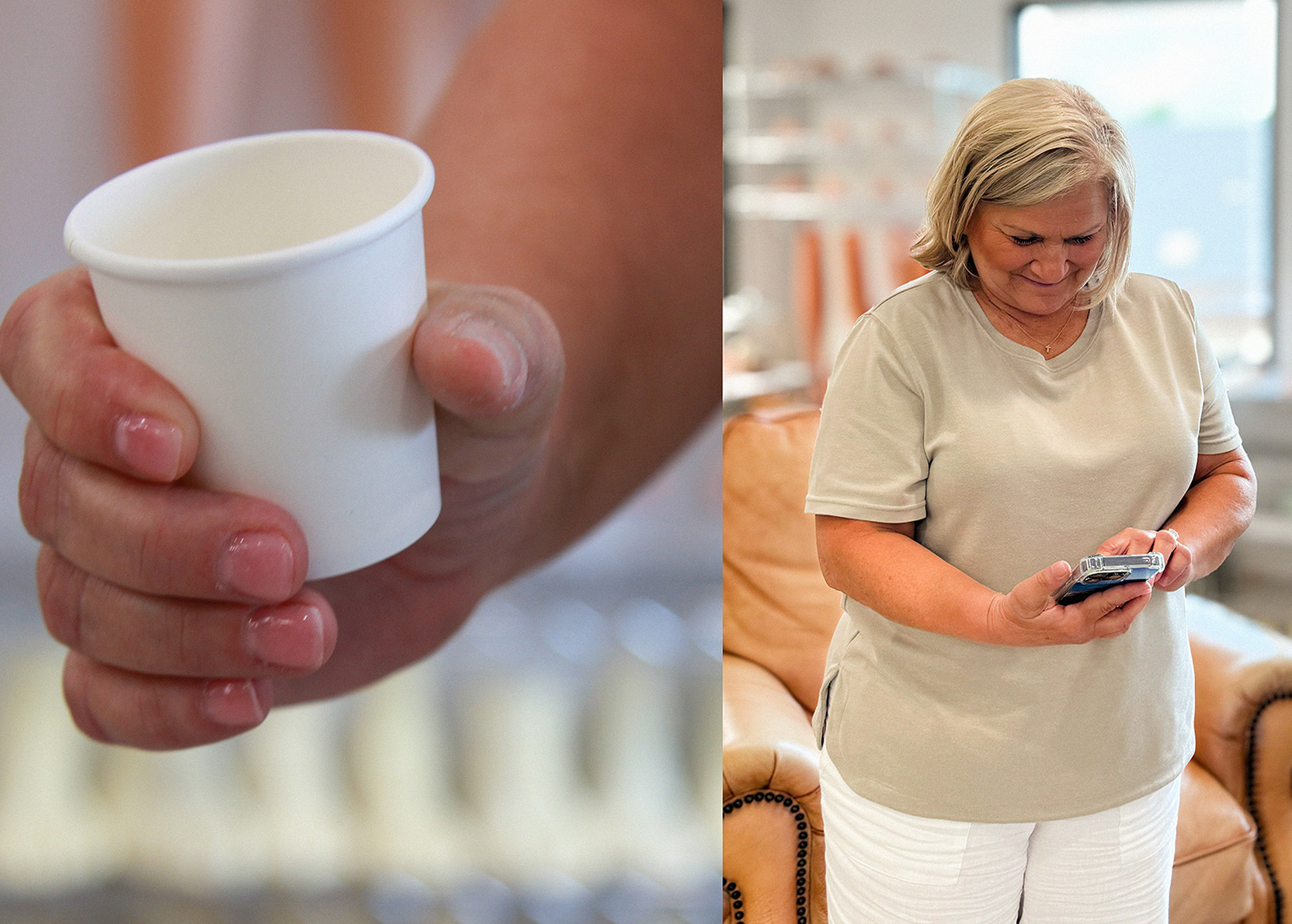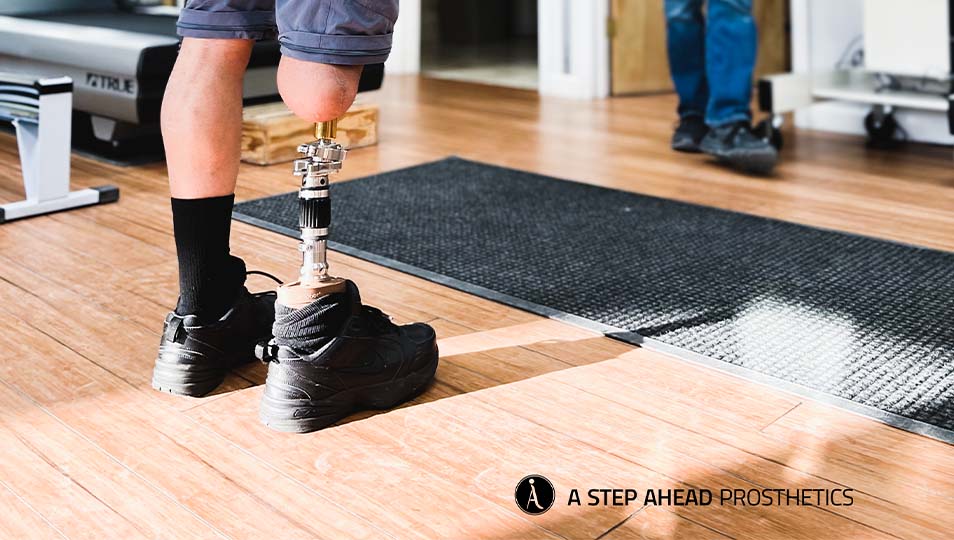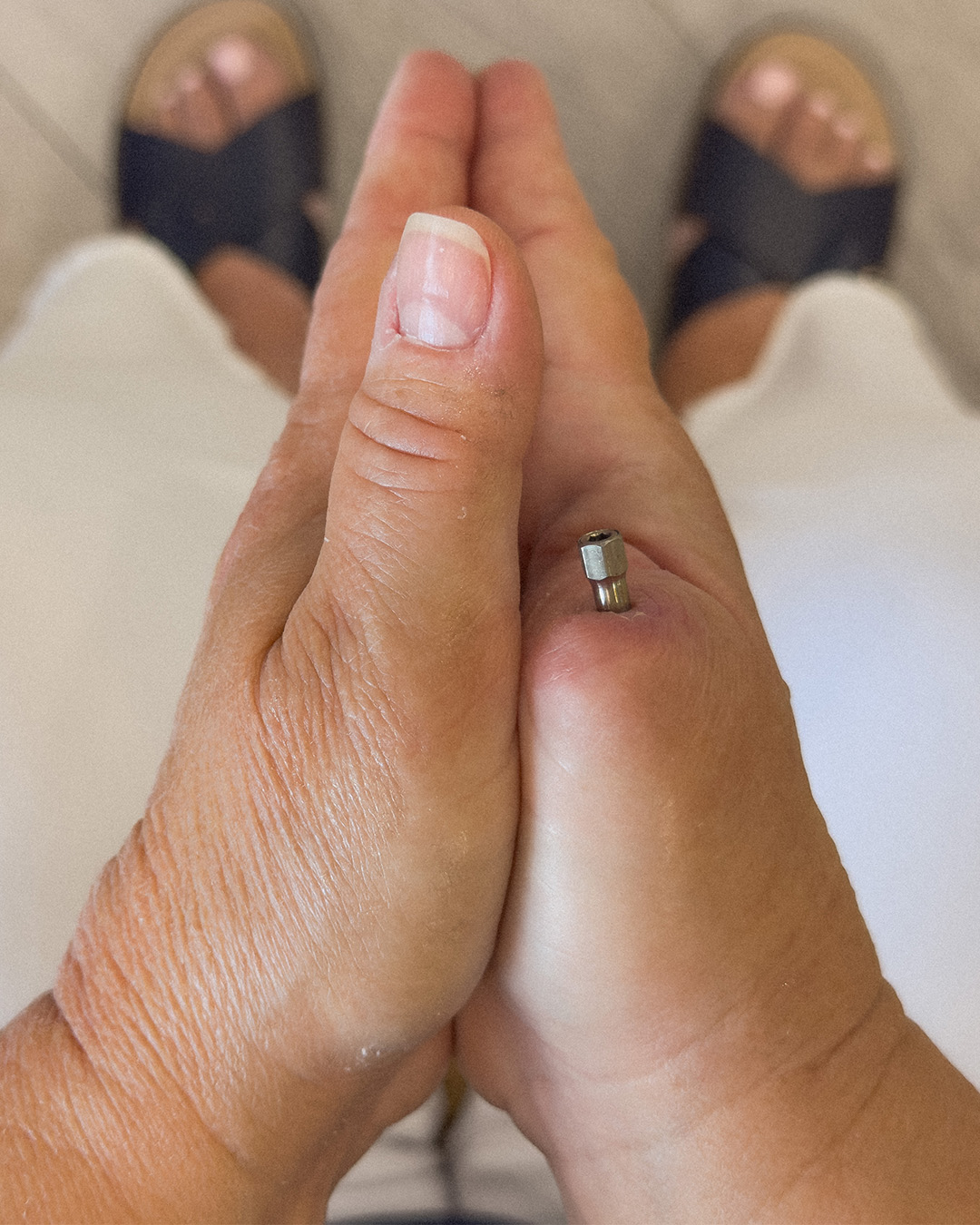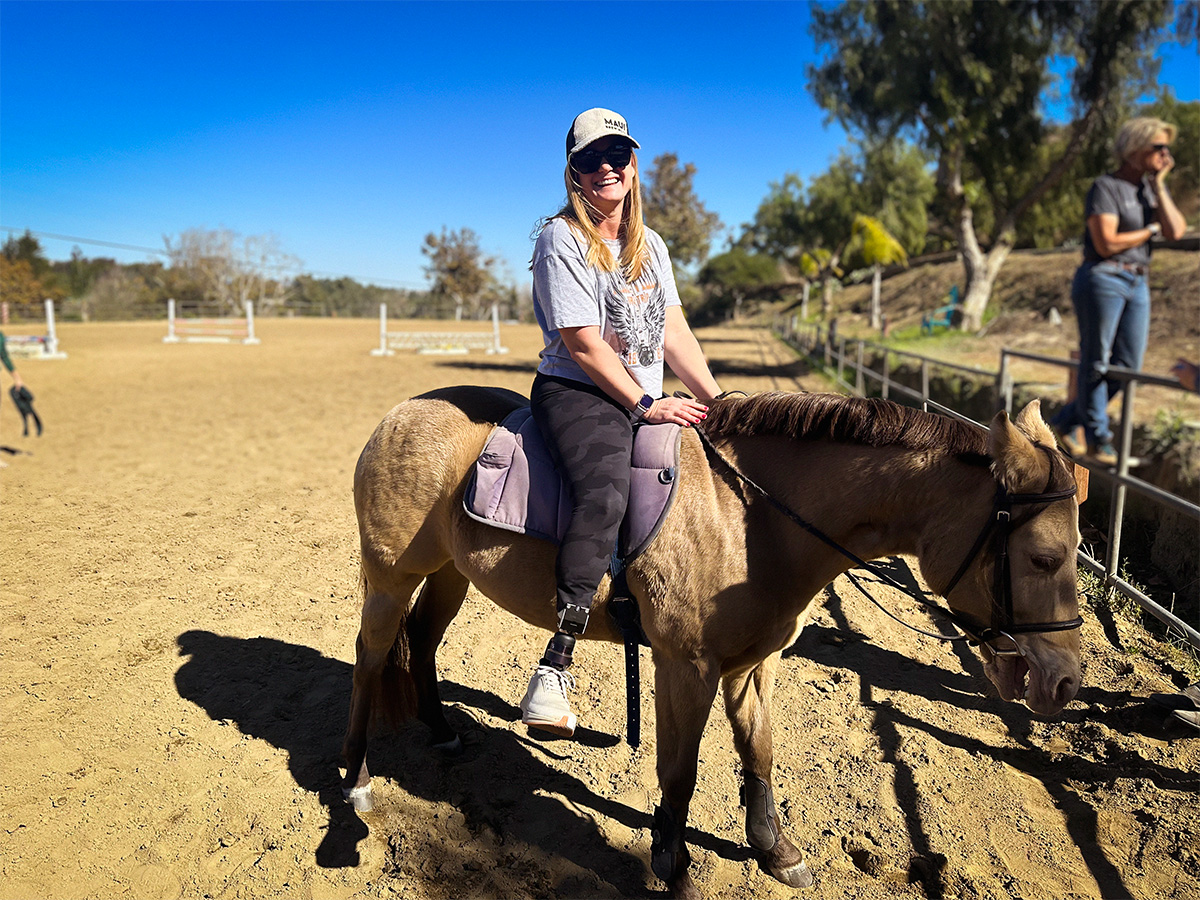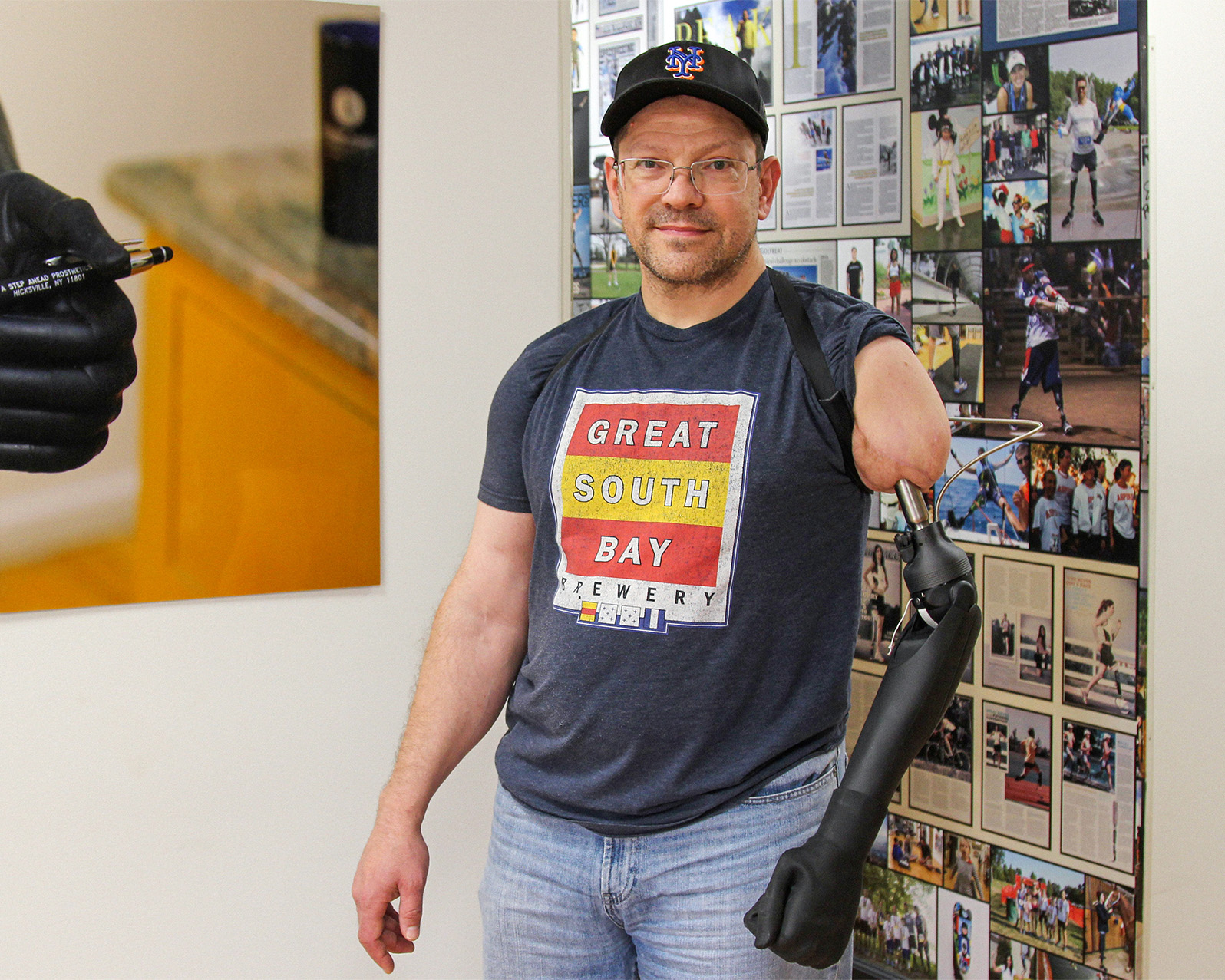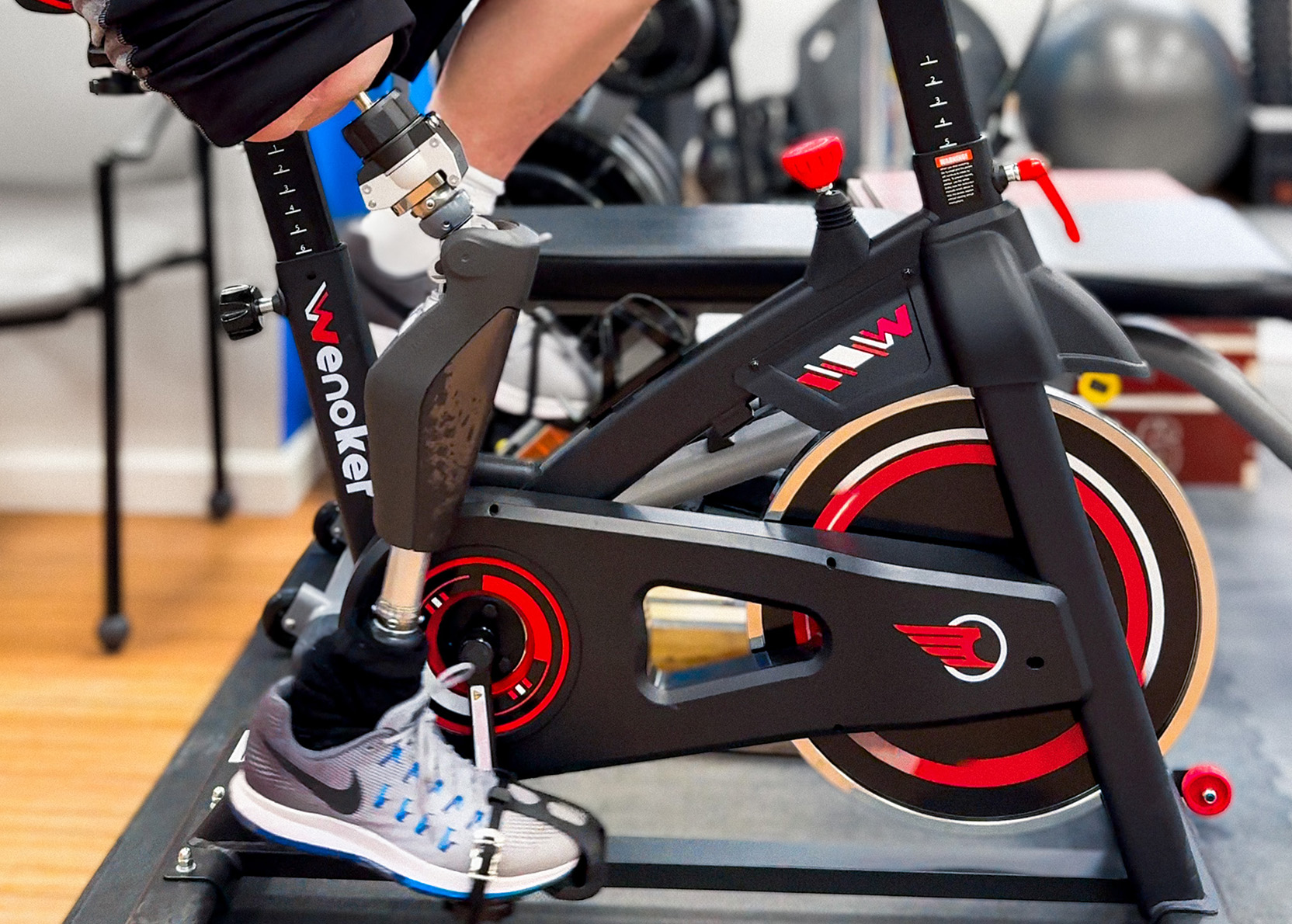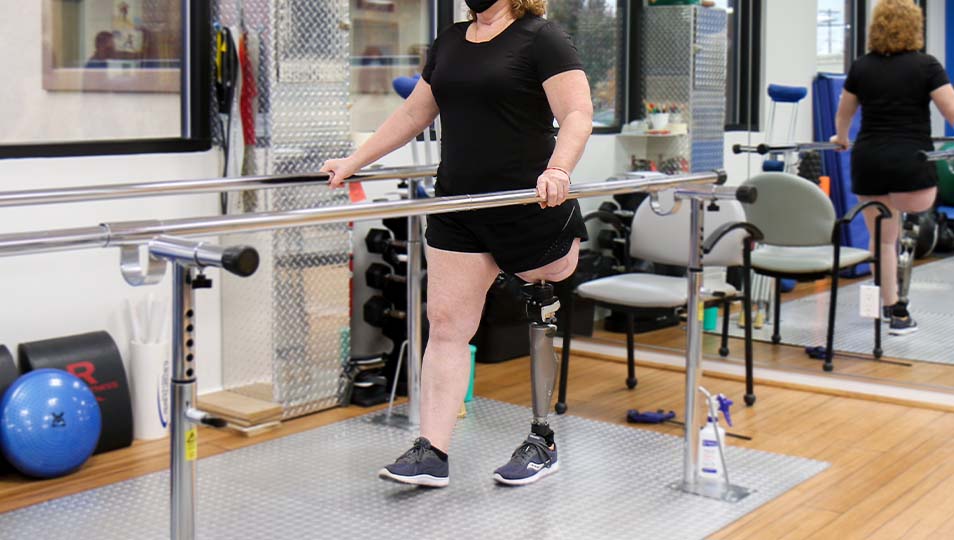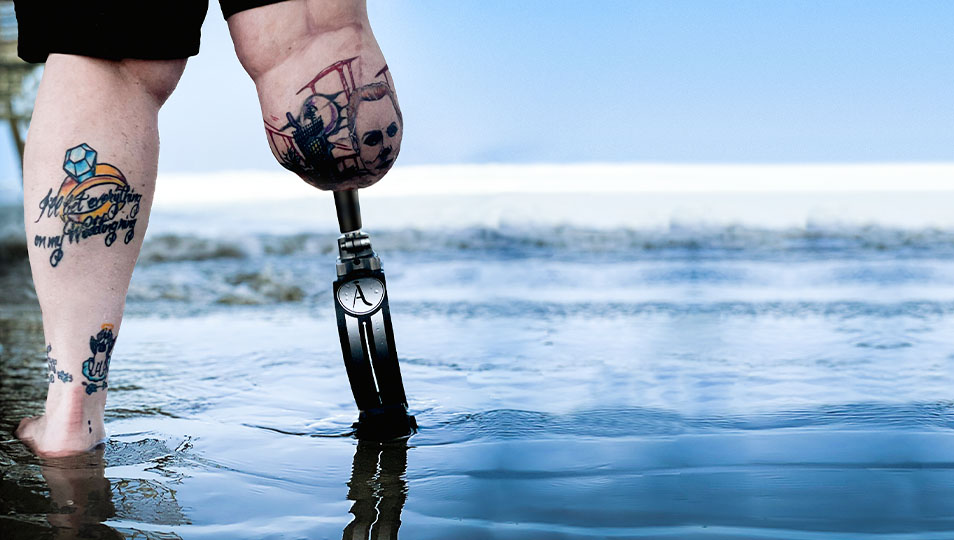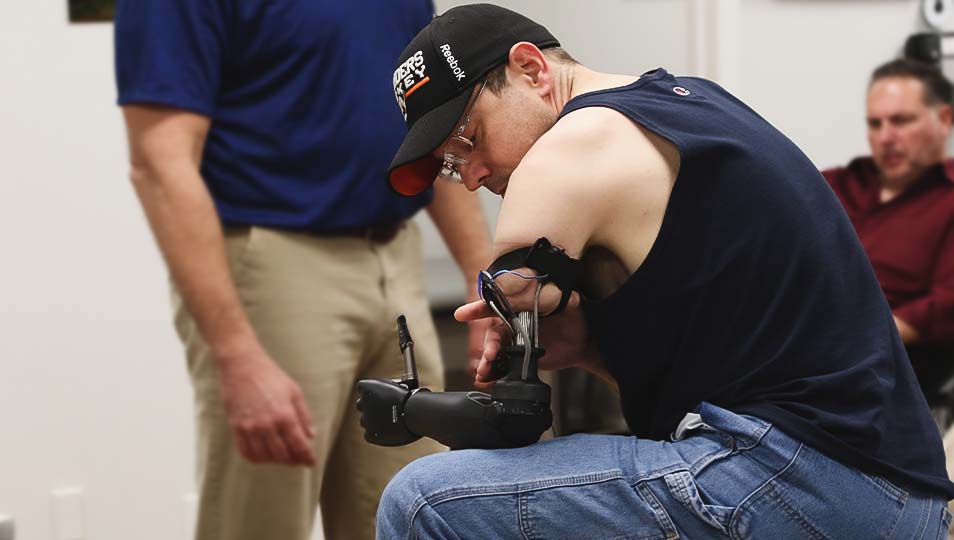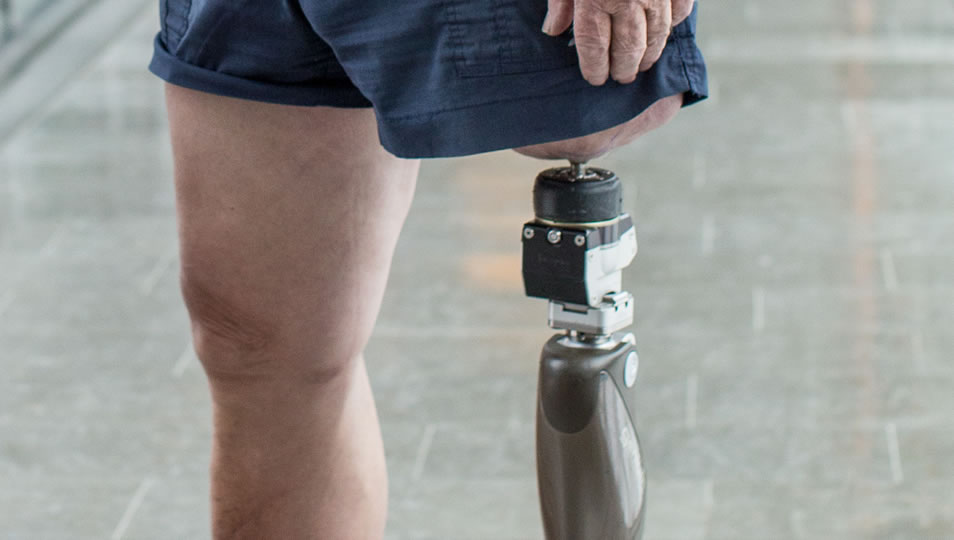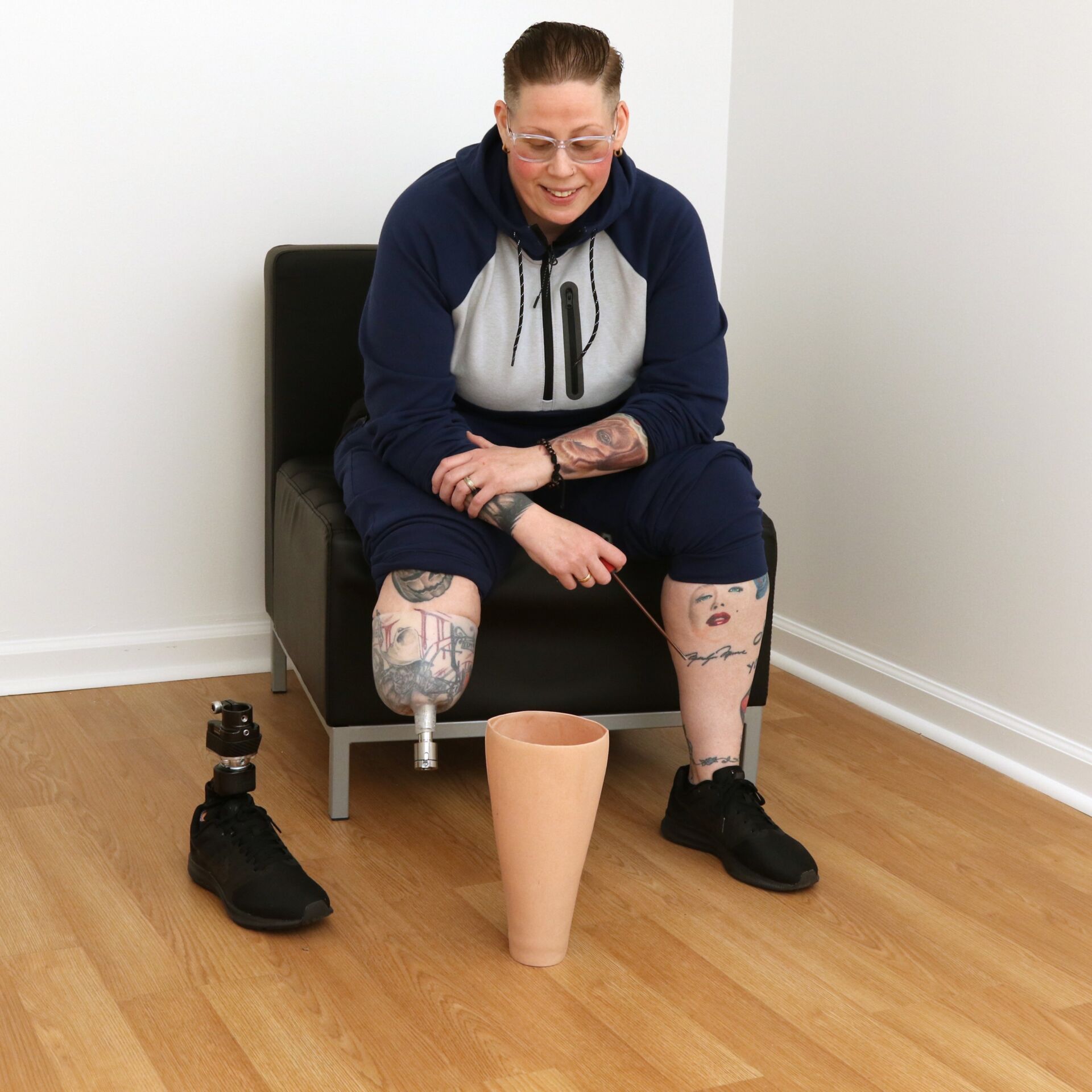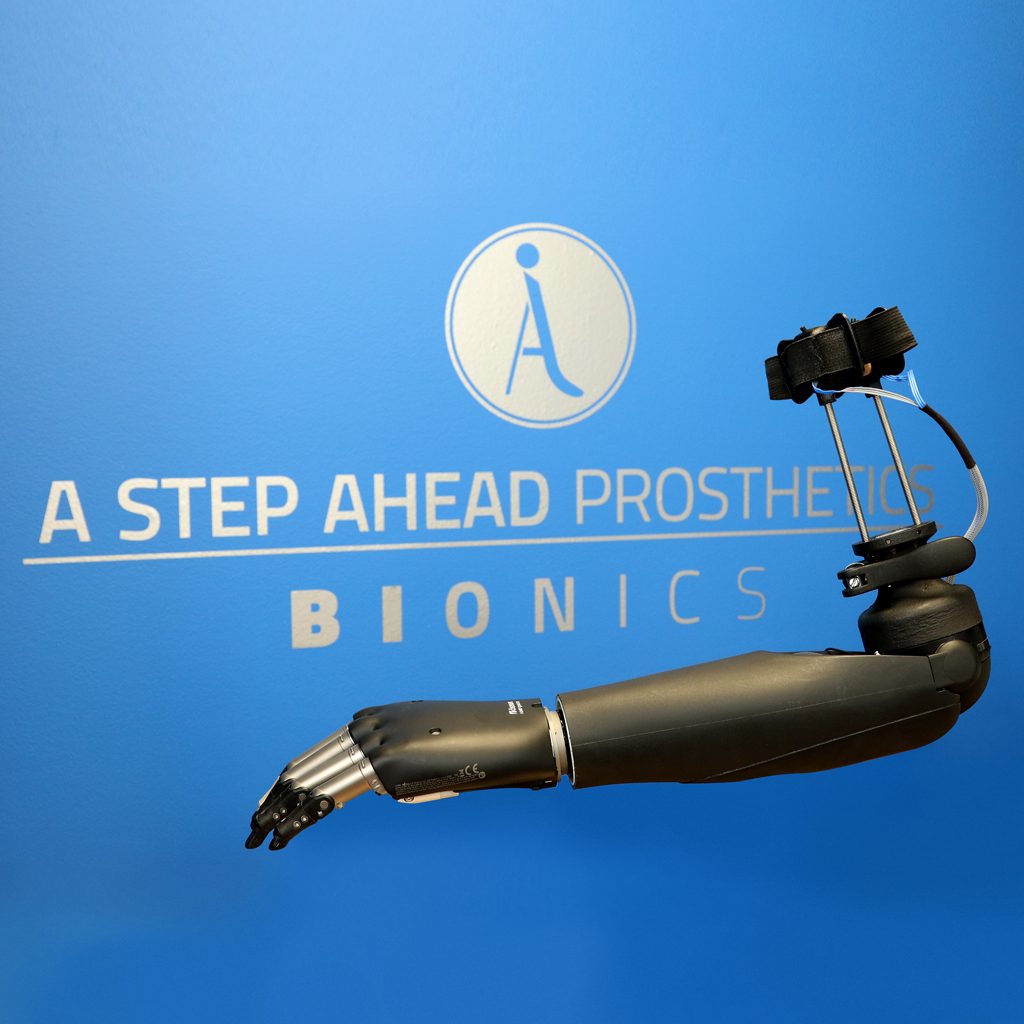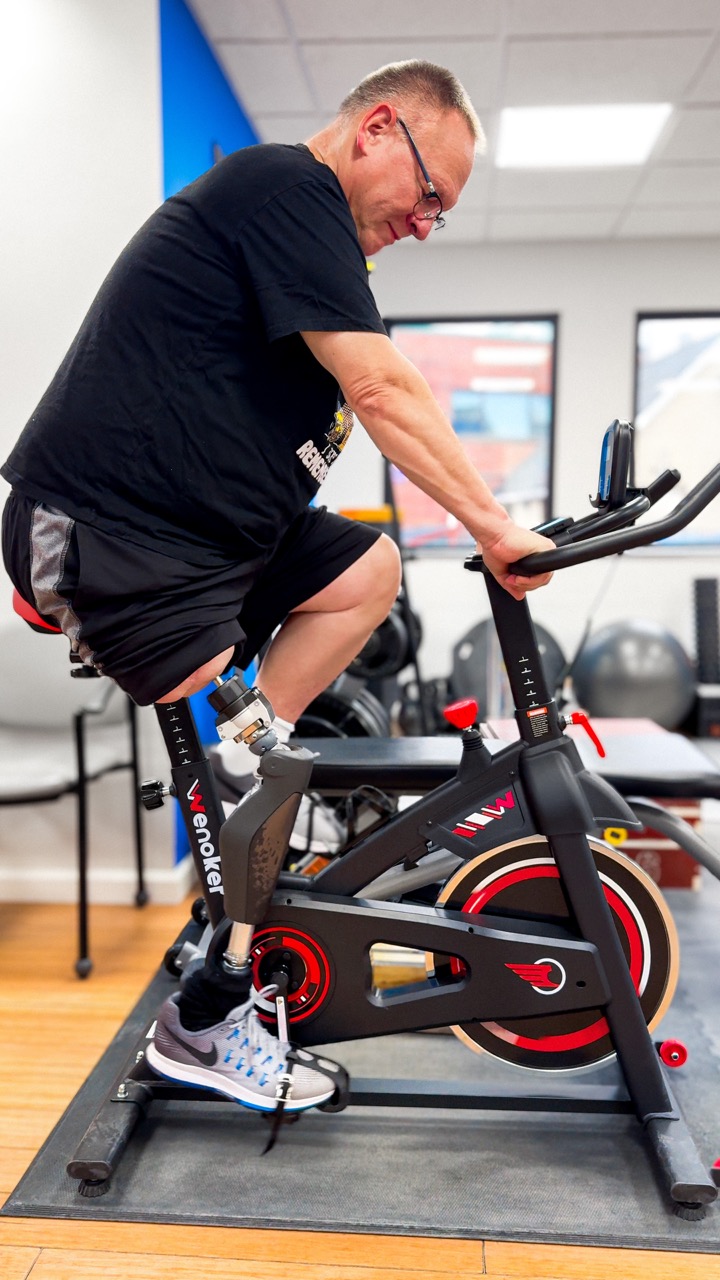
WHAT IS OSSEOINTEGRATION?
Osseointegration is a cutting-edge technique that directly connects a titanium rod to the bone in an amputee’s limb, eliminating the need for traditional prosthetic sockets. This method allows for a more natural and comfortable fit by fusing the rod and bone over time, providing significant benefits:
- Quick and simple to attach or remove the prosthetic
- Stable fit, unaffected by weight changes
- Eliminates issues with sweat, as no liners are needed
- Reduces the risk of pressure sores and skin irritation
Osseointegration enhances the wearing experience, promoting longer use and a higher quality of life. It’s suitable for many amputees, including those with above or below-knee and elbow amputations, and for attaching maxillofacial, finger, and toe prosthetics.
OSSEOINTEGRATION OPTIONS
The two most popular systems are the ORPA and the OPL. A Step Ahead Prosthetics has vast experience and a deep connection to both. Ultimately, the system you choose will depend on your anatomy, needs, goals, insurance coverage, and other factors that you and your doctor should consider. The following content will try better to illustrate the differences between the systems without bias.
